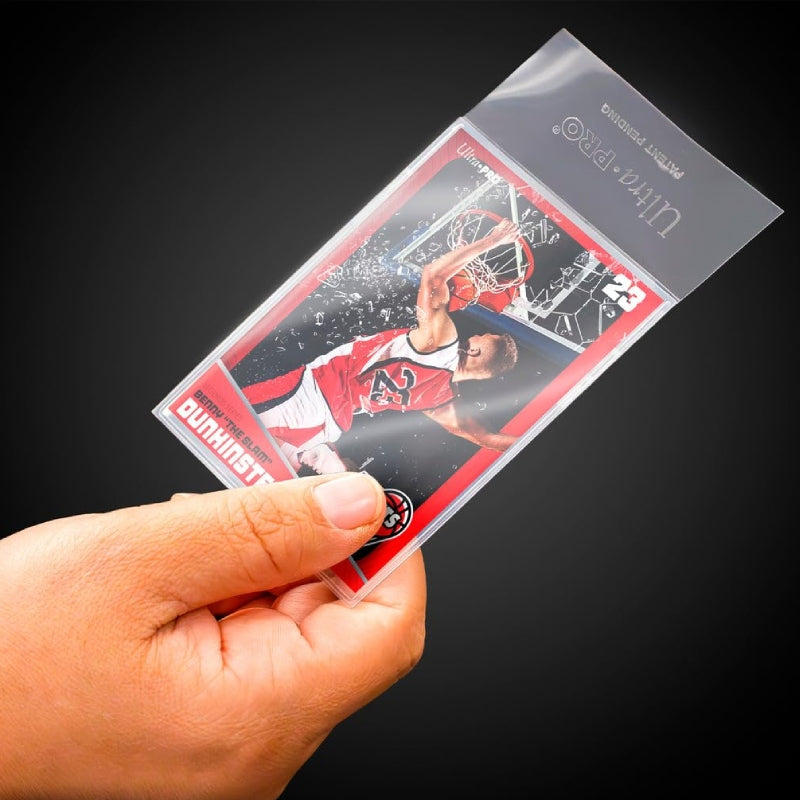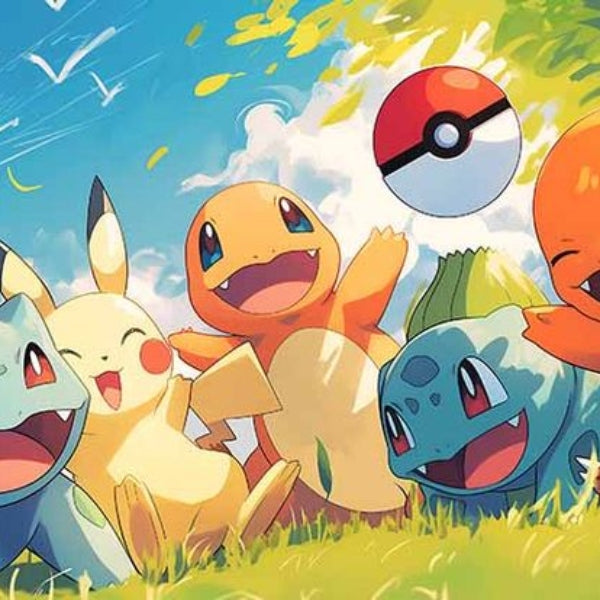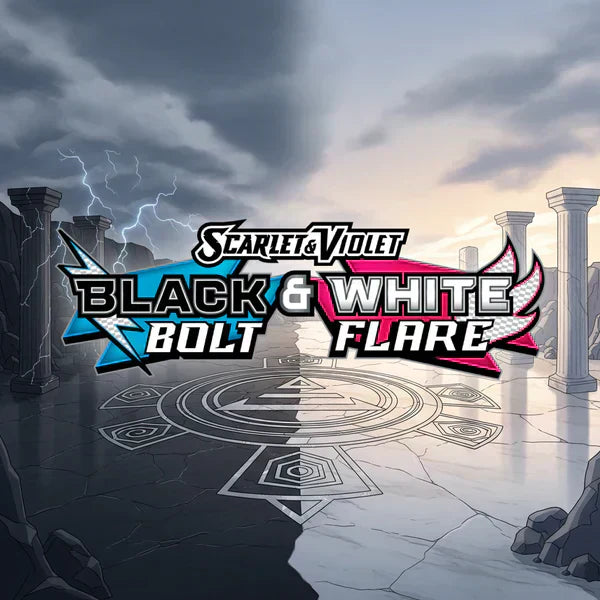1. Lita på din intuition
Din magkänsla är ofta din bästa vän. Om ett kort känns "fel" — kanske på grund av vikt, textur eller utseende — är det värt att undersöka närmare. Ju mer du hanterar äkta Pokémonkort, desto bättre blir din förmåga att upptäcka avvikelser.
2. Granska texten noggrant

Falskt kort. Det är därför du alltid bör granska texten på kortet noggrant.
Kontrollera för stavfel och grammatiska misstag:
- Stavfel: Äkta kort har sällan stavfel. Felstavningar är en tydlig varningssignal.
- Grammatiska fel: Konstiga meningsstrukturer eller grammatikfel kan tyda på förfalskning.
- Accent över "é": Ordet "Pokémon" ska alltid ha accent. Saknas det — var misstänksam.
- Onaturligt höga värden: HP över 340 är ovanligt och kan signalera att kortet är falskt.
3. Inspektera baksidan av kortet

Falskt kort till vänster – baksidan avslöjar ofta förfalskningar.

Falskt kort till vänster. Färgerna är urblekta, särskilt vid kanterna.
Vad ska du leta efter?
- Färgblödning: Otydliga eller suddiga kanter, särskilt där blått möter gult.
- Färgnyanser: Äkta kort har klara, levande färger — inte bleka eller urtvättade.
- Detaljer: Kontrollera skärpan i text, symboler och logotyp.
4. Jämför med officiella bilder
Använd pålitliga databaser för att jämföra ditt kort med verifierade original. Vi rekommenderar att du jämför mot andra kort i vår Pokémon-kollektion.
- Teckensnitt och storlek: Förfalskningar har ofta annorlunda eller felaktig typografi.
- Energisymboler: Kolla att symbolerna är rättplacerade och tydliga.
- Illustrationer: Matcha bilden med originalversionen – detaljer spelar roll.
5. Jämför med ett äkta kort

Falskt kort till vänster. Det äkta kortet har djup och textur — det falska ser platt ut.
Vad du kan jämföra:
- Känsla och vikt: Äkta kort känns robusta och välbalanserade i handen.
- Tjocklek och kvalitet: Känn efter — falska kort är ofta tunnare eller ojämna.
- Kantfinish: Slitna eller ojämna kanter = varningstecken.
6. Var försiktig med vissa tester
Ljustestet
Lys genom kortet. Om mycket ljus passerar kan det vara för tunt och därmed en förfalskning. Observera att olika korttyper (ex. foilkort) kan reagera olika.
Böjtestet
Böjtestet kan skada kortet — inte rekommenderat. Ett äkta kort återgår oftast till sin form, men undvik att testa detta på värdefulla kort.
Rivtestet
Riv inte dina kort! Även om svart innerlager är en indikator på äkthet, förstörs värdet helt vid rivning.
Tips för att undvika förfalskningar
- Köp alltid från auktoriserade återförsäljare.
- Undvik extremt låga priser — om det låter för bra för att vara sant, är det oftast det.
- Begär alltid högupplösta bilder från olika vinklar vid köp online.
Alla kort på Hobbykort.se är äkta och fabriksförseglade.
Sammanfattning
Att känna igen falska Pokémonkort är avgörande för att skydda din samling och dina investeringar. Lita på din magkänsla, granska detaljer noggrant och jämför alltid med bekräftade original. Undvik tester som kan skada korten och handla endast från pålitliga källor.








